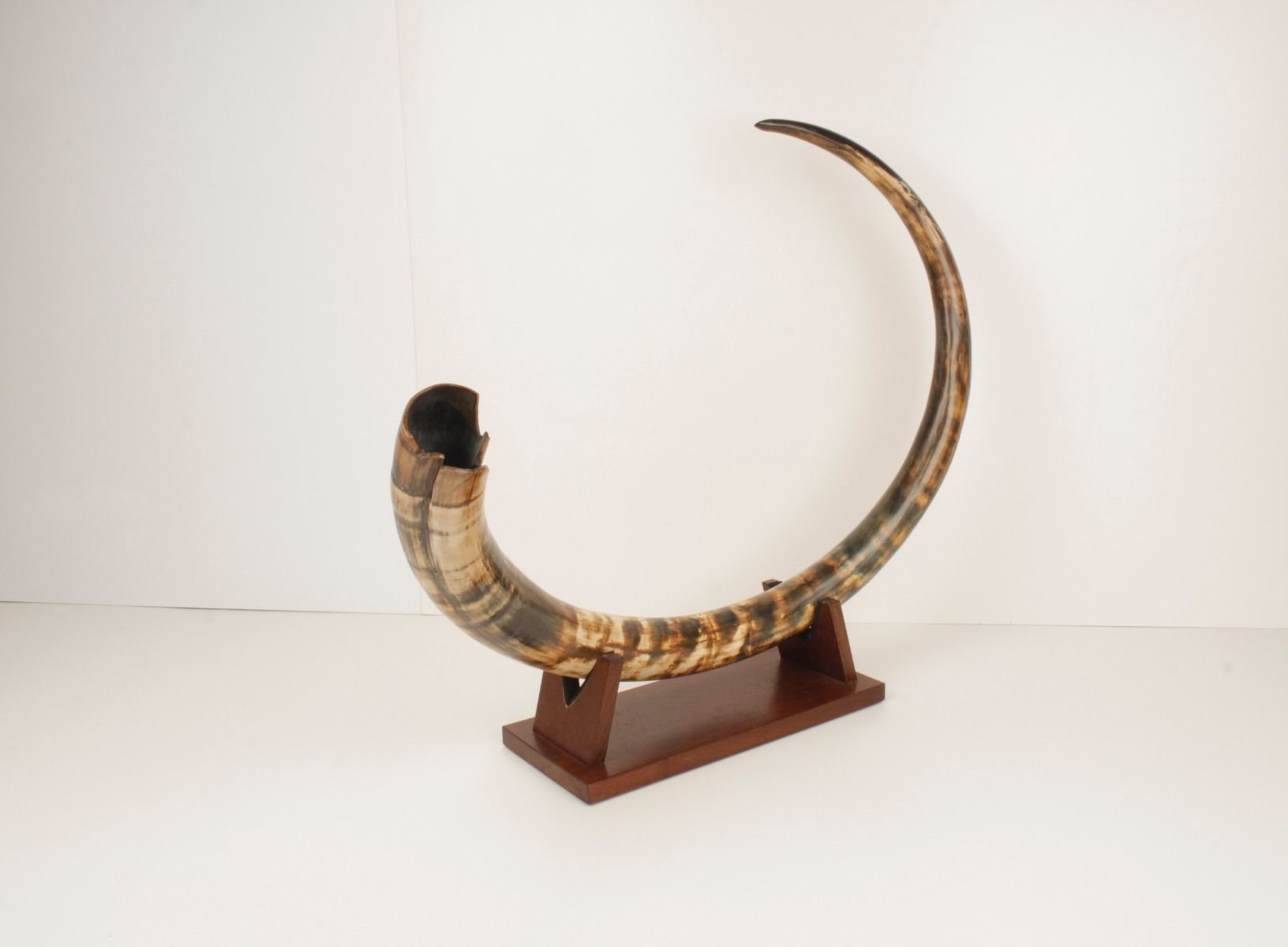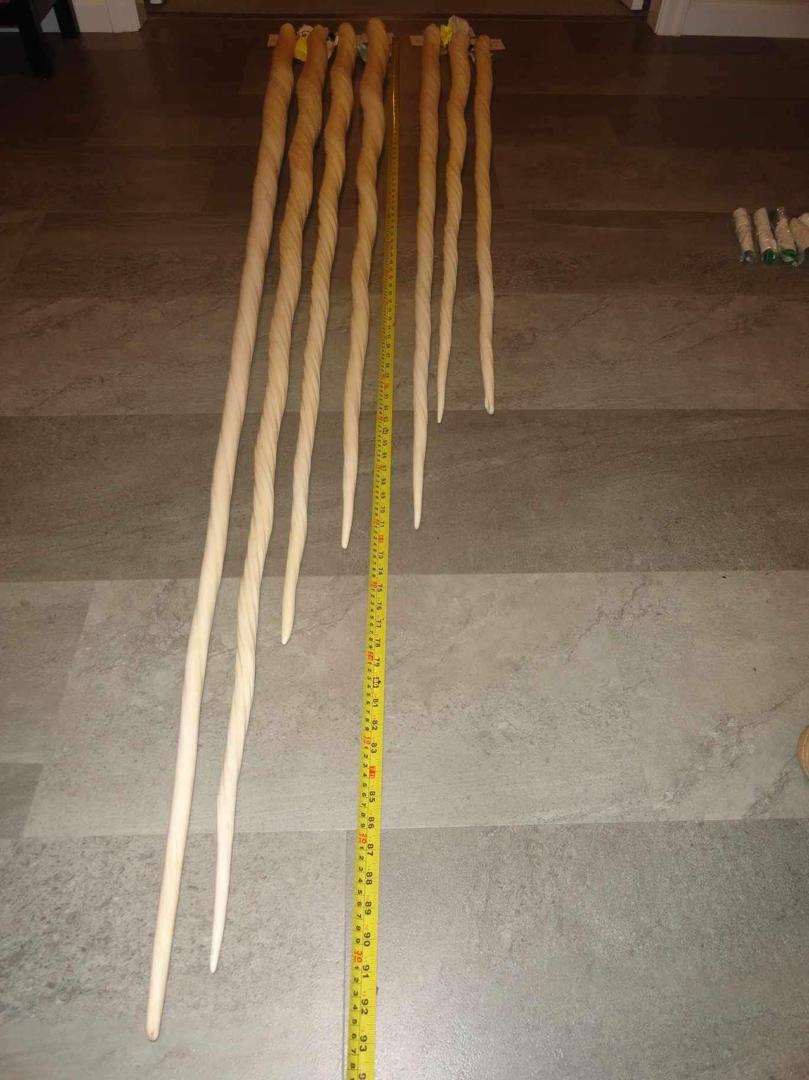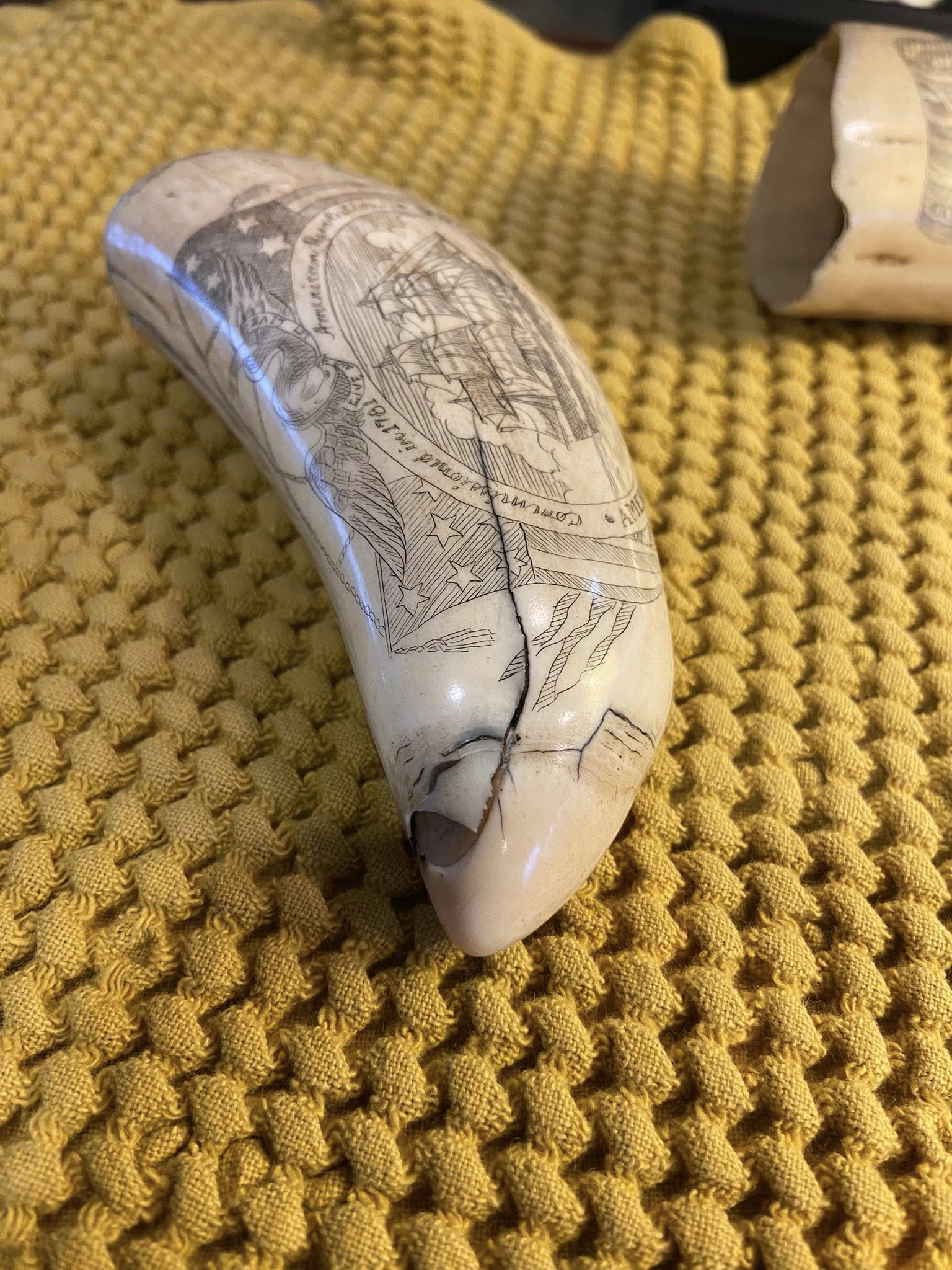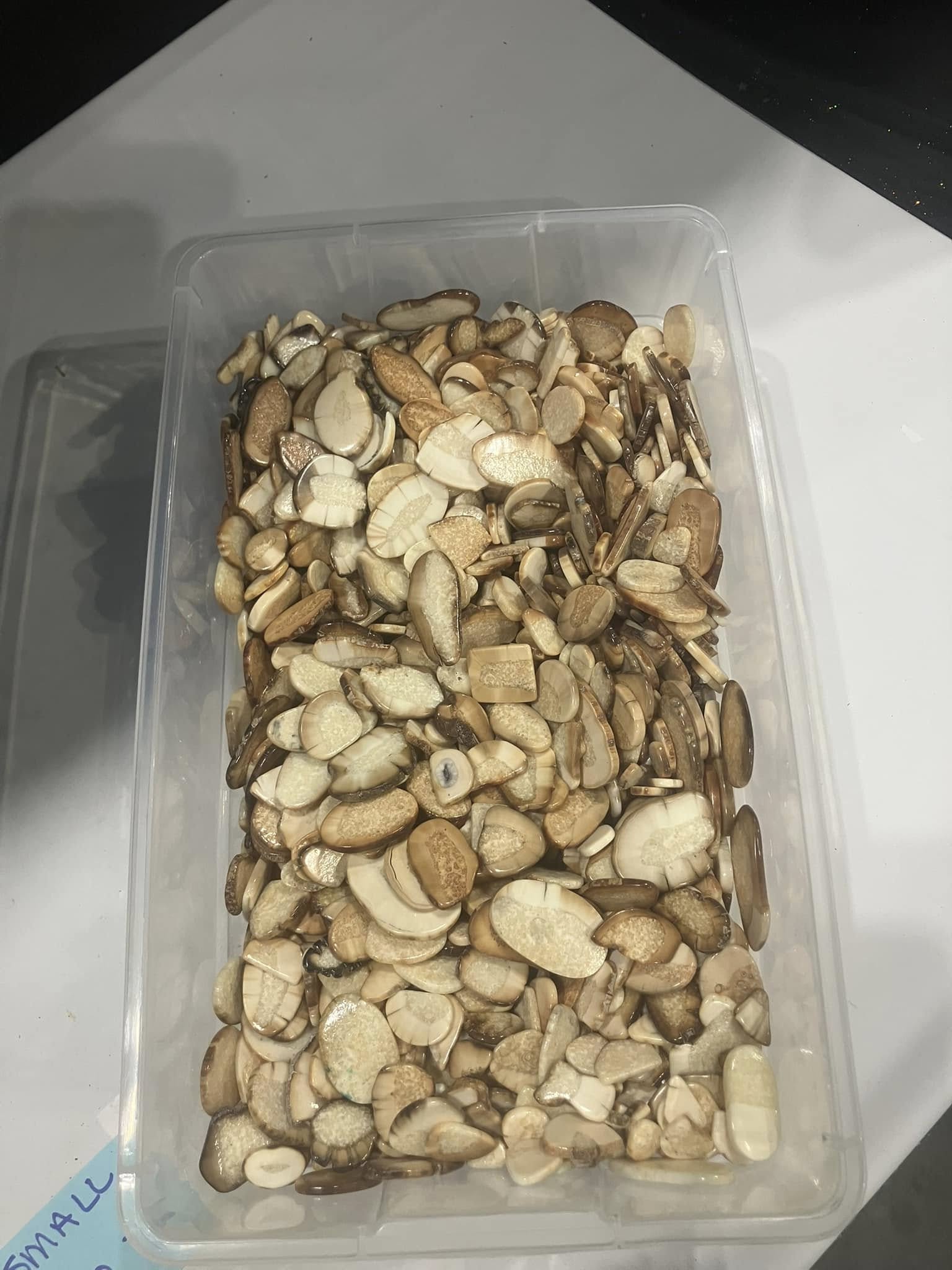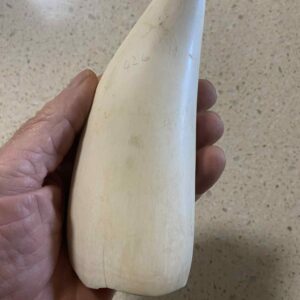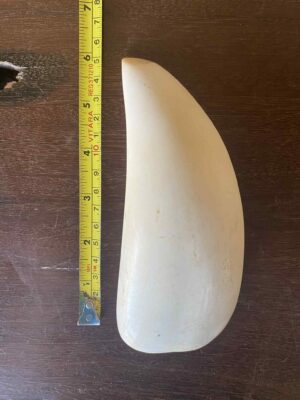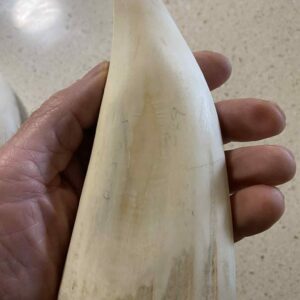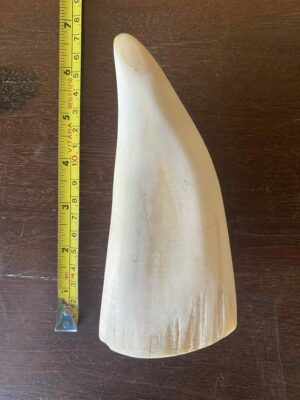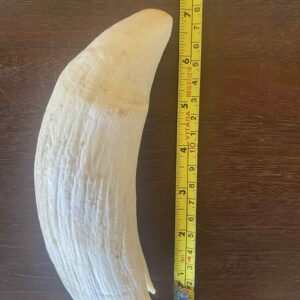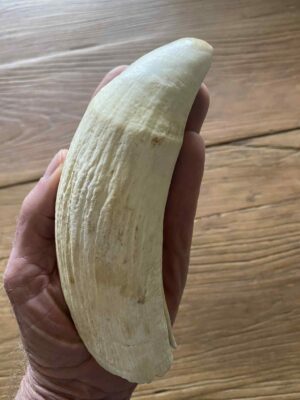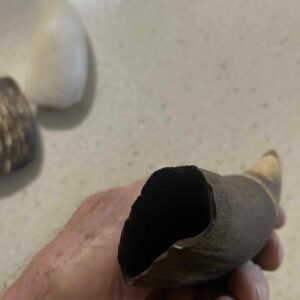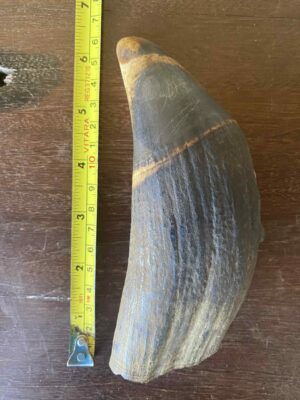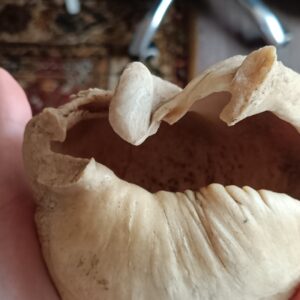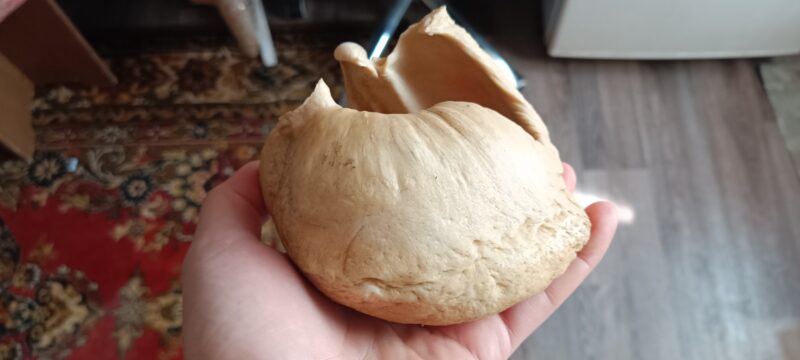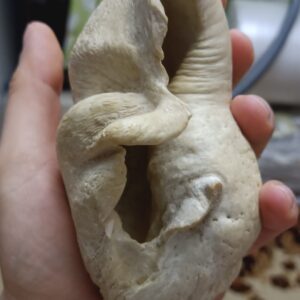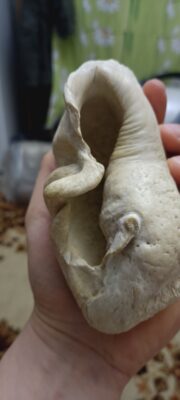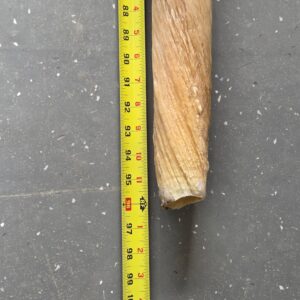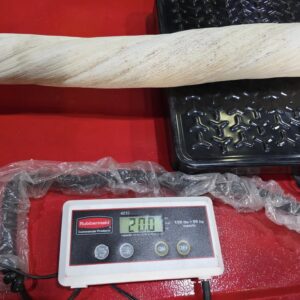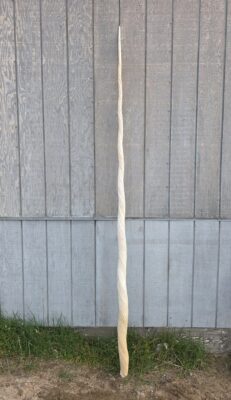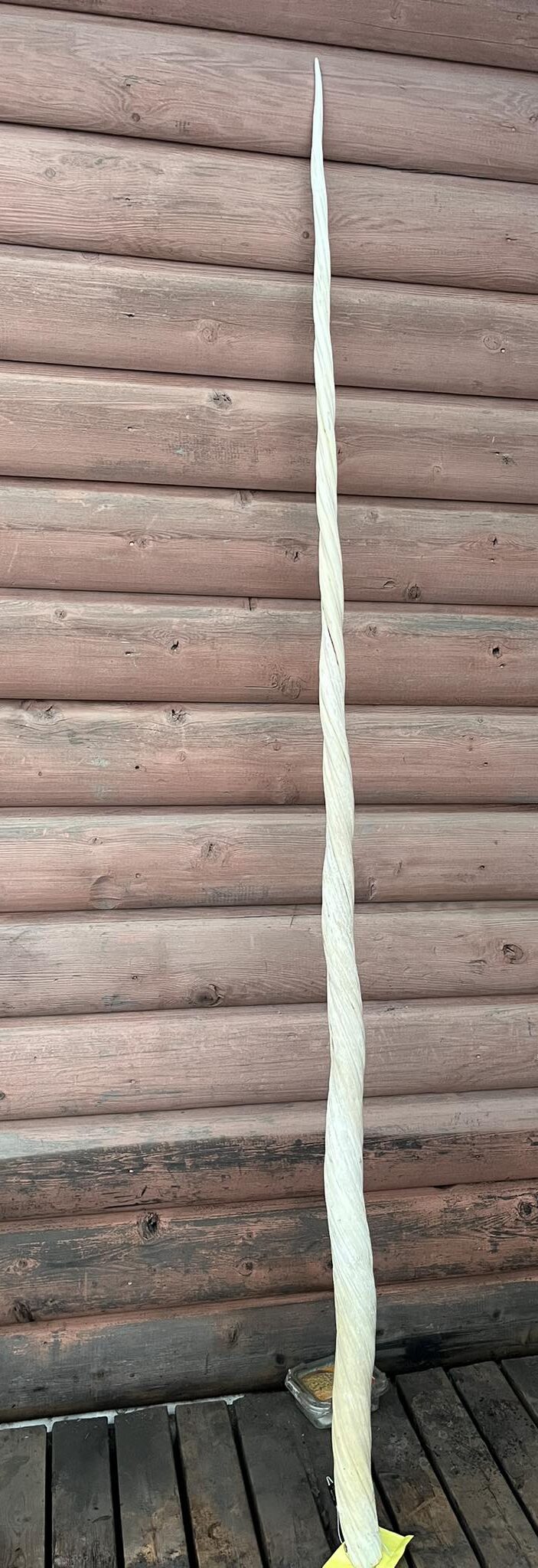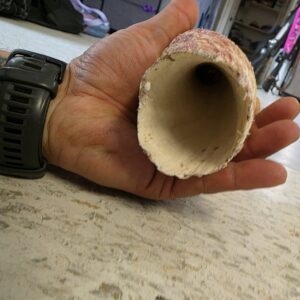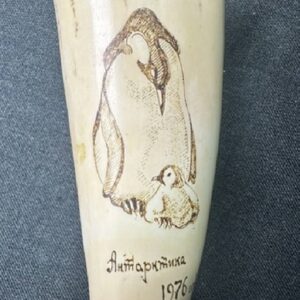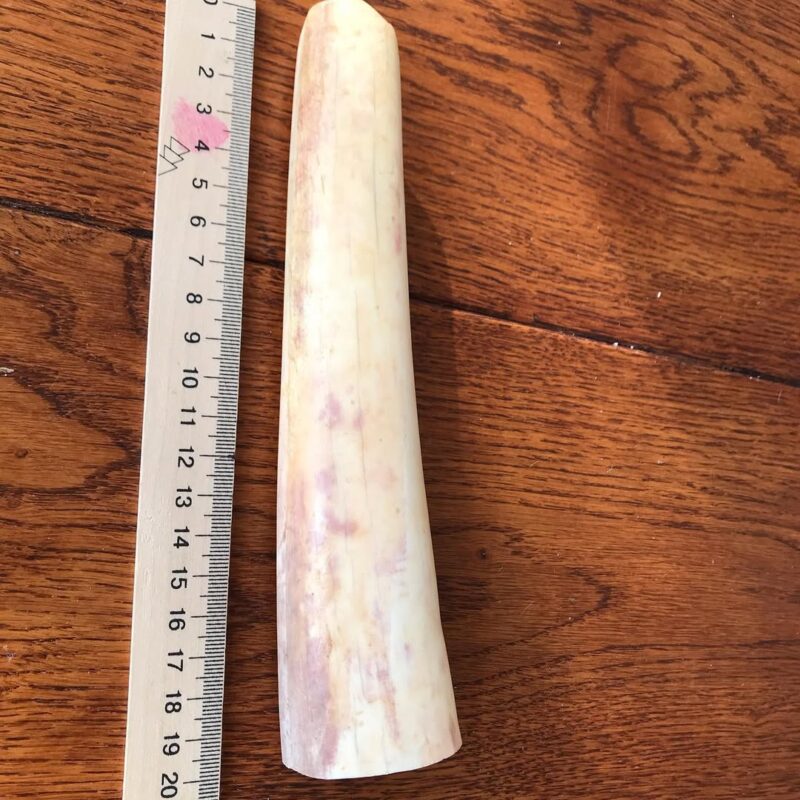Frequently asked question
The Narwhal tusks are hollow nearly all the way to the tip. Only the last inch or two is solid. The hole in the middle of the tusk is about 1/2″ in diameter on 5′ tusks. The width of the hole expands nearer the base. The longer tusks from older animals have a much thicker base than the younger ones.
Most tusks come from male narwhal. Studies by the Ministry of Fisheries & Oceans, however, shows that approximately 6% of narwhal with tusks were female.
To see whether a tip has been worked (sanded by the Inuit or others), you can use a magnifying glass to look for marks and/or swirls from sandpaper.
CITES is the abbreviation for the Convention on International Trade in Endangered Species of Wild Fauna and Flora. Nearly all countries belong to CITES (holdouts include places like North Korea). The goal of CITES is to regulate the trade in species that are under threat somewhere in the world. The commercial trade in some animals or products made from those animals is completely prohibited (e.g., pandas and tigers). Others are permitted, but the trade is monitored (most items covered under CITES), and a few are listed by one or more countries that want to monitor trade in a specific animal or product (e.g., crested porcupines in Ghana or abalone in South Africa). All marine mammals are regulated by CITES–even if they are not considered endangered. See the official CITES website at www.cites.org for more information.
The tusks appear to be for display to attract female narwhal–similar to antlers or deer or elk and tail feathers on peacocks. It was believed their primary use is not for gathering food or combat. If the main use was scraping molluscs off the ocean floor or gathering other food, female narwhal would tend to have tusks as well. All narwhal have two teeth. In males, one extends beyond the skin and becomes the long tusk narwhal are famous for. The other tusk rarely penetrates the skin and grows. When it does, this becomes a rare double-tusk narwhal. The teeth that do not penetrate the skin are considered teeth and not tusks. Harvest tags are genearlly not issued for teeth. A Marine Mammal Transportation License is required to export the teeth from Nunavut or out of a province.
In August 2016, narwhal in Tremblay Sound, a narrow fjord on the north coat of Baffin Island, were filmed for the first time using their tusks to hit and stun fish before eating them. Which goes to show there is still a lot we do not know about these enigmatic animals. See the video in the link below.
